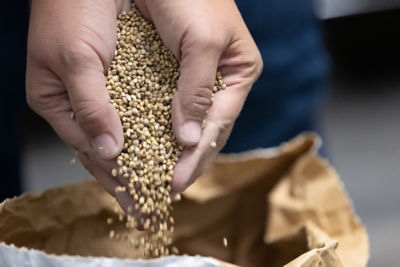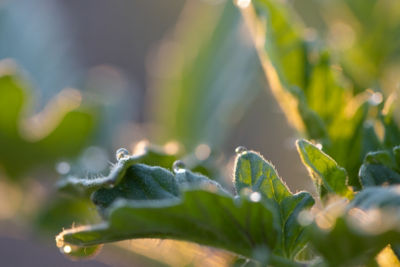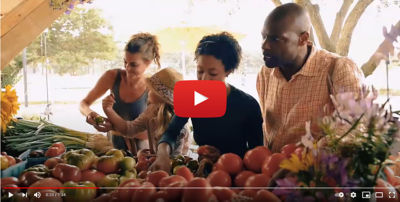Causal Agent
Alternaria solani
Distribution
Worldwide
Symptoms
Symptoms may occur as leaf, stem or fruit lesions. Typically, they appear first on older leaves as irregular, dark brown, necrotic areas. These lesions expand as the disease progresses and they eventually develop concentric, black rings, which give them a target-board appearance. A yellow chlorotic area often surrounds the leaf lesions, and if there are numerous lesions the whole leaf turns yellow and quickly dries up. Complete defoliation of the plant can occur when conditions are favorable for disease development. Lesions may appear as dark brown, elongated, sunken areas on the stem and petiole. Lesion development at the soil-line can result in a collar rot that often girdles the stem. Fruit lesions often occur at the calyx end and are dark, leathery and sunken with the characteristic target-board appearance.
 Circular and angular lesions with chlorotic halos.
Circular and angular lesions with chlorotic halos.
 Elliptical stem lesions caused by Alternaria solani. (Courtesy of Gerald Holmes, California State University, San Luis Obispo, Bugwood.org)
Elliptical stem lesions caused by Alternaria solani. (Courtesy of Gerald Holmes, California State University, San Luis Obispo, Bugwood.org)
Conditions for Development
The fungus generally survives from season to season on decayed plant material in the soil. Volunteer tomatoes, potatoes and other solanaceous weeds can also serve as inoculum sources. Infection and fungal spore production occur during periods of warm (24-29°C, 75–84°F) and rainy or humid weather. The fungal spores are then disseminated by the wind and rain. This disease can spread rapidly when favorable conditions persist. It can also be serious in arid climates if there are frequent dew periods, or if sprinkler irrigation is used.
Control
A fungicide spray program combined with a blight forecasting system is generally the most effective means of controlling early blight.




